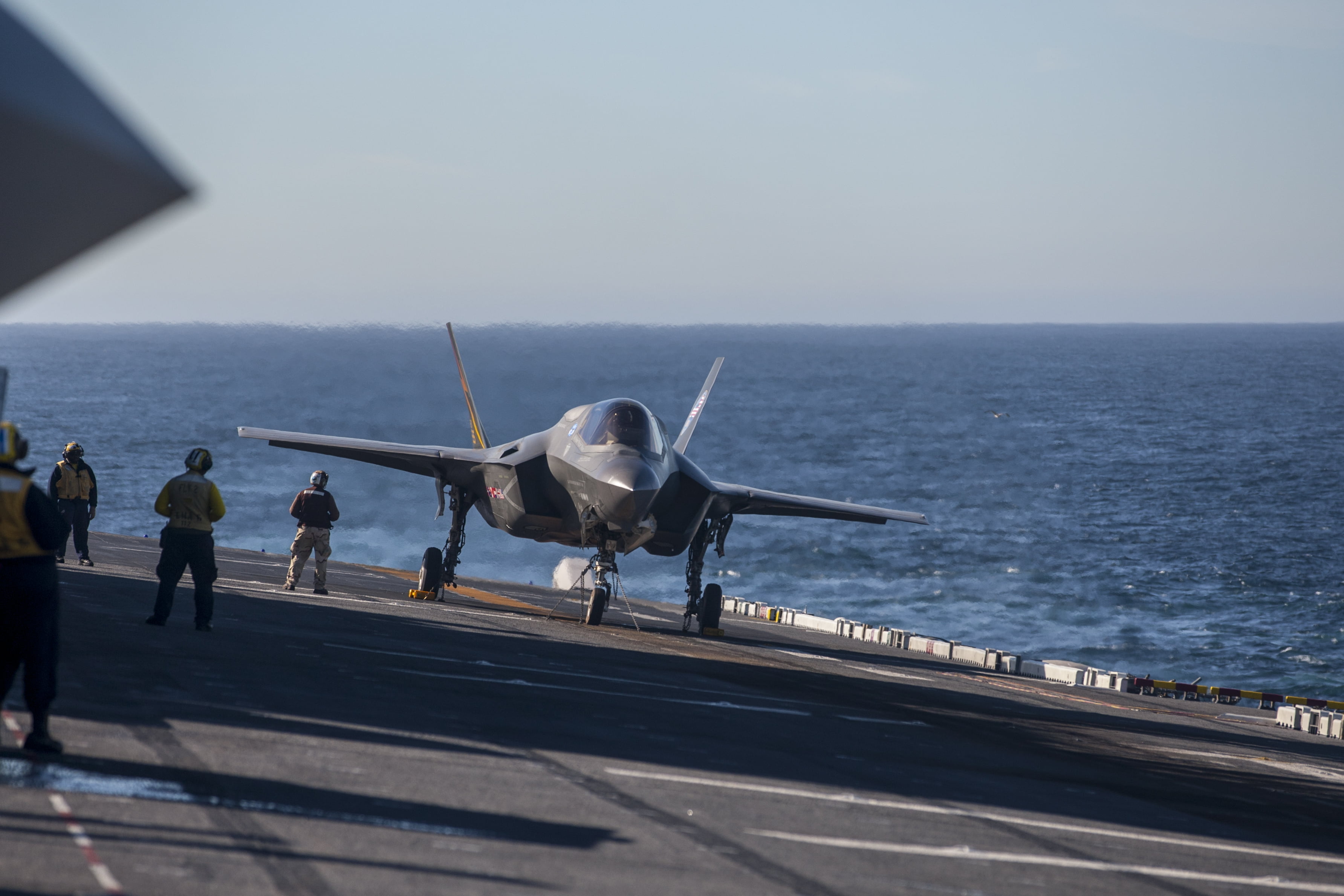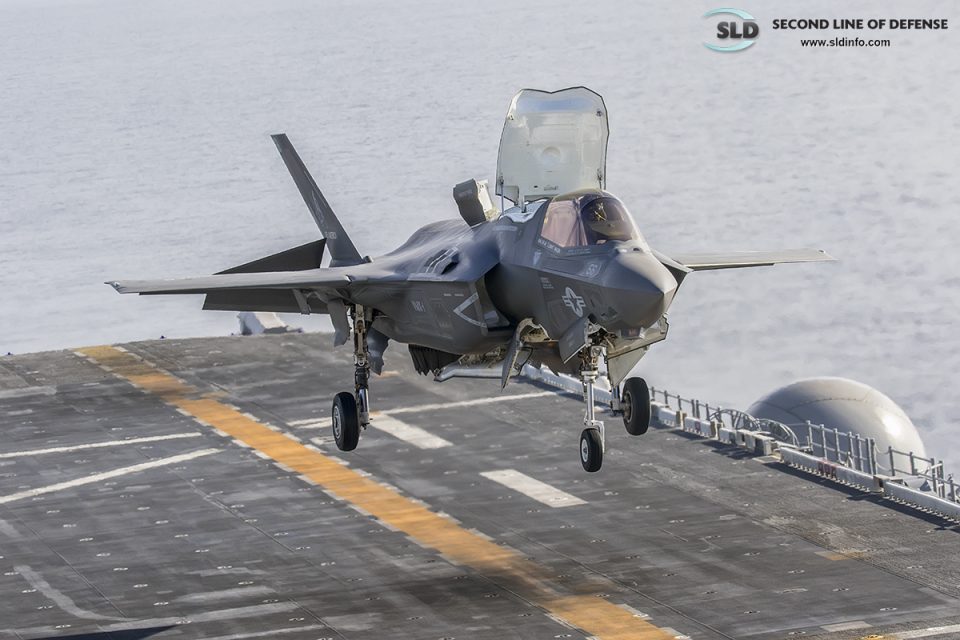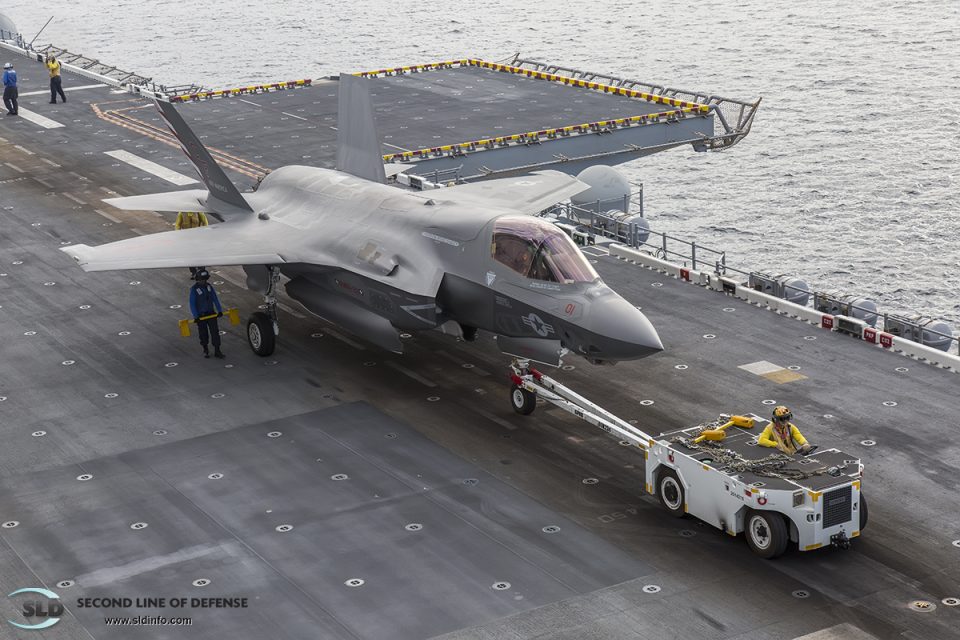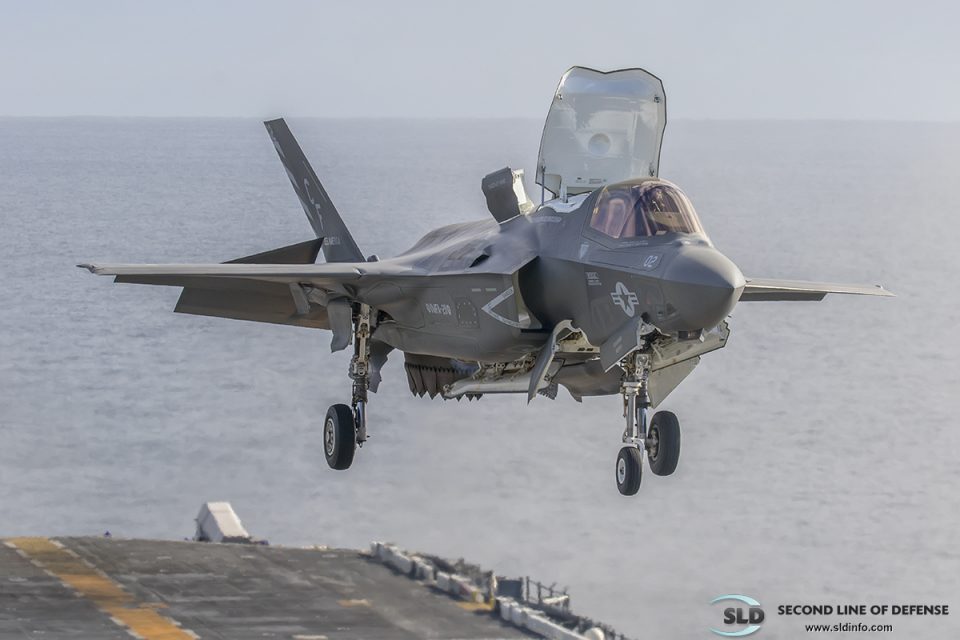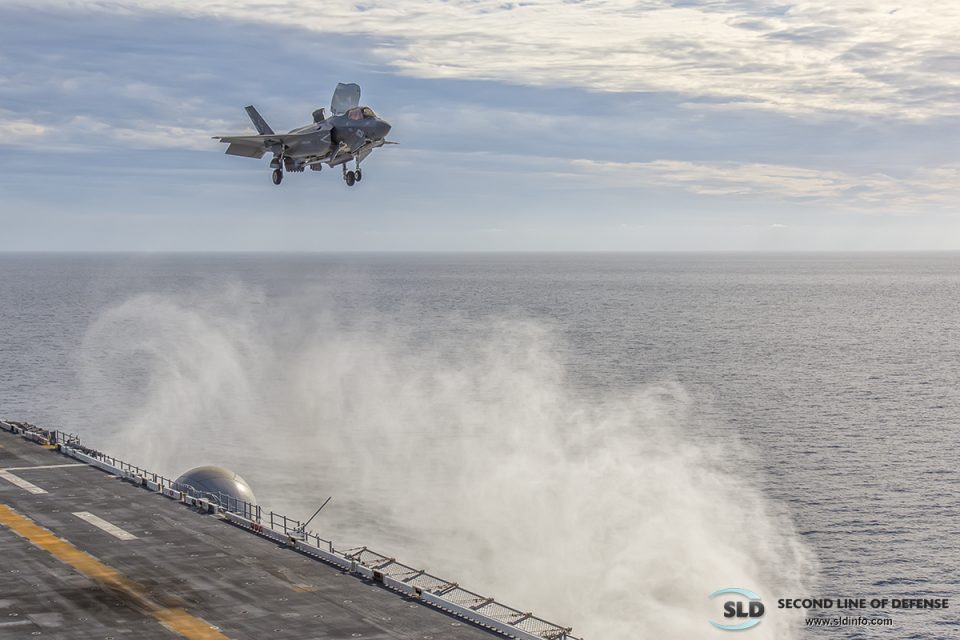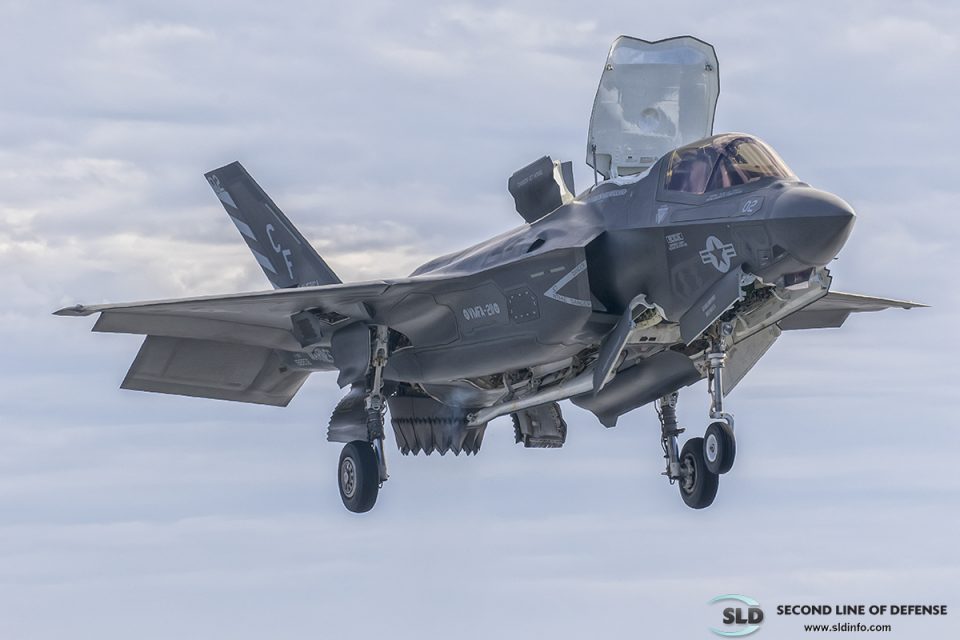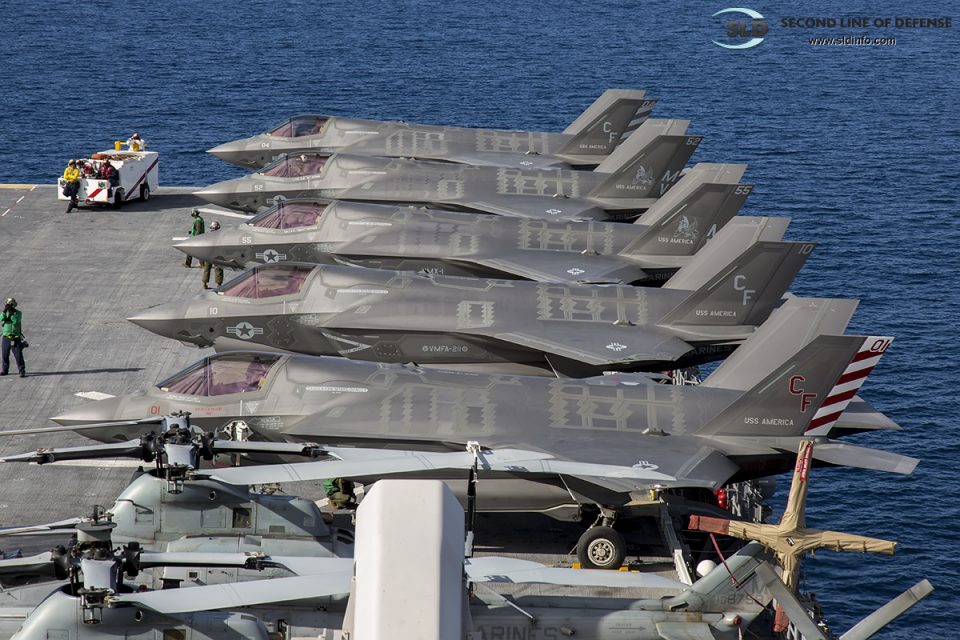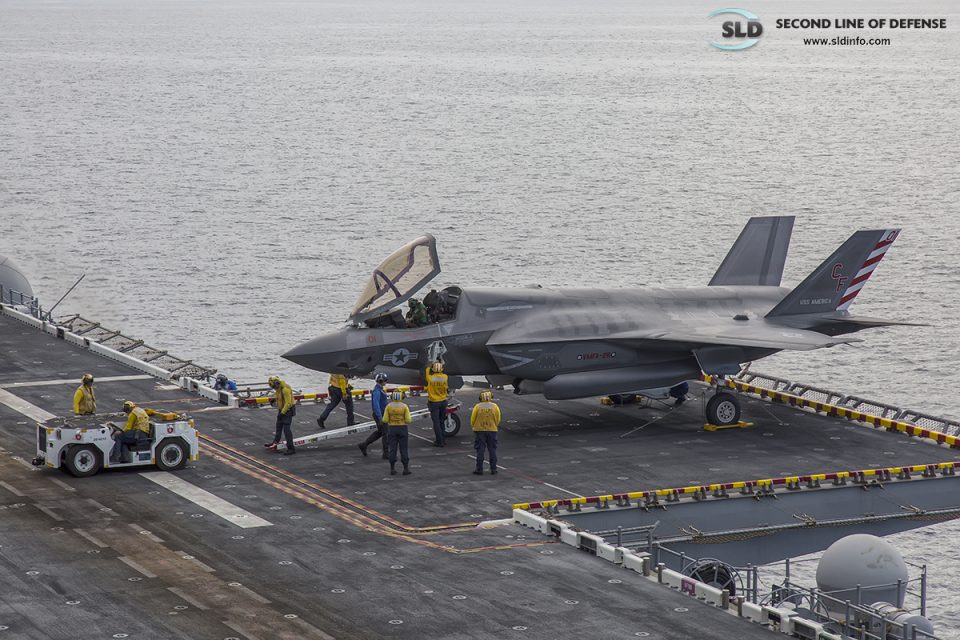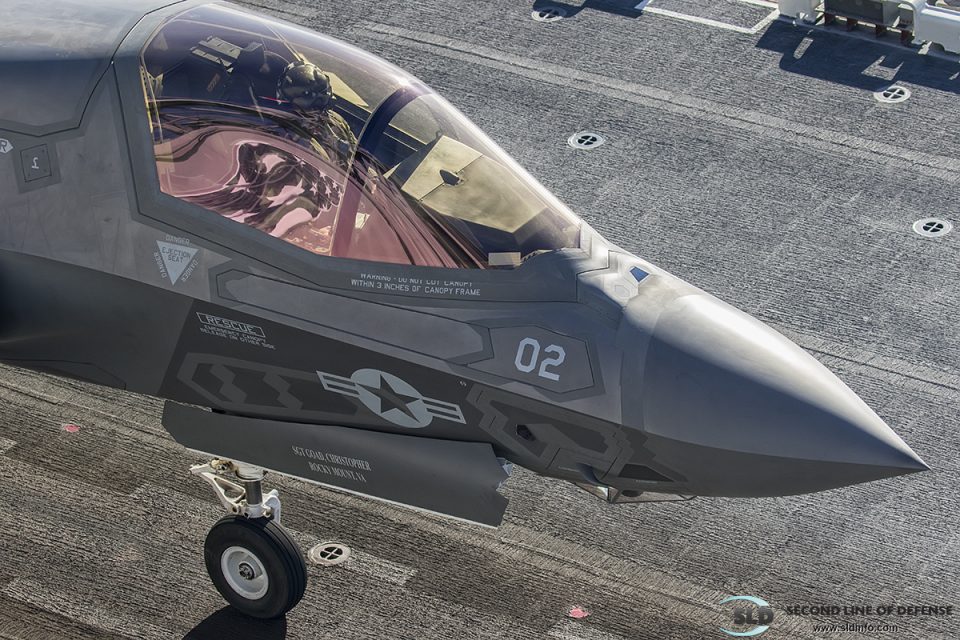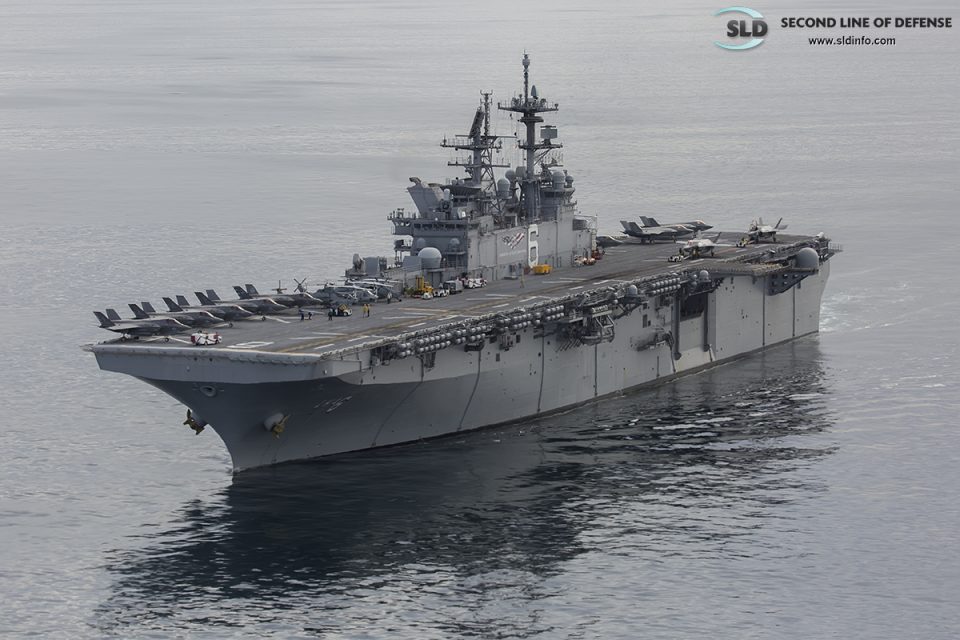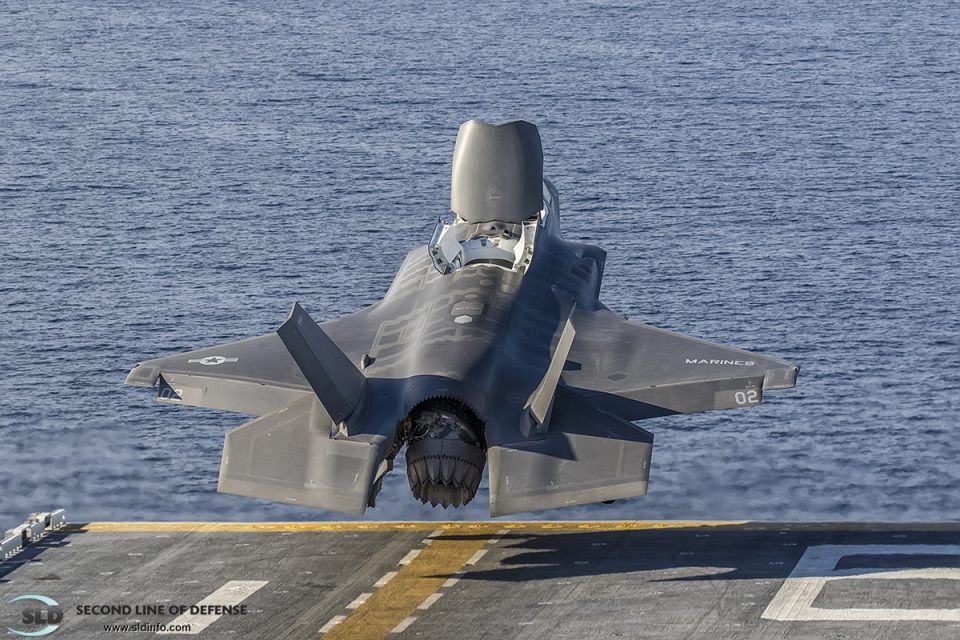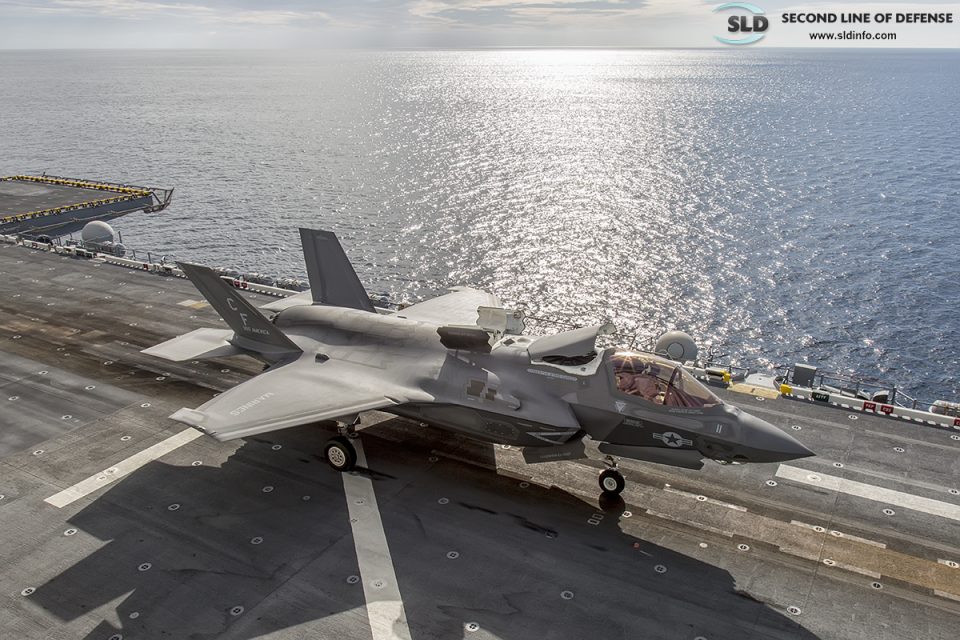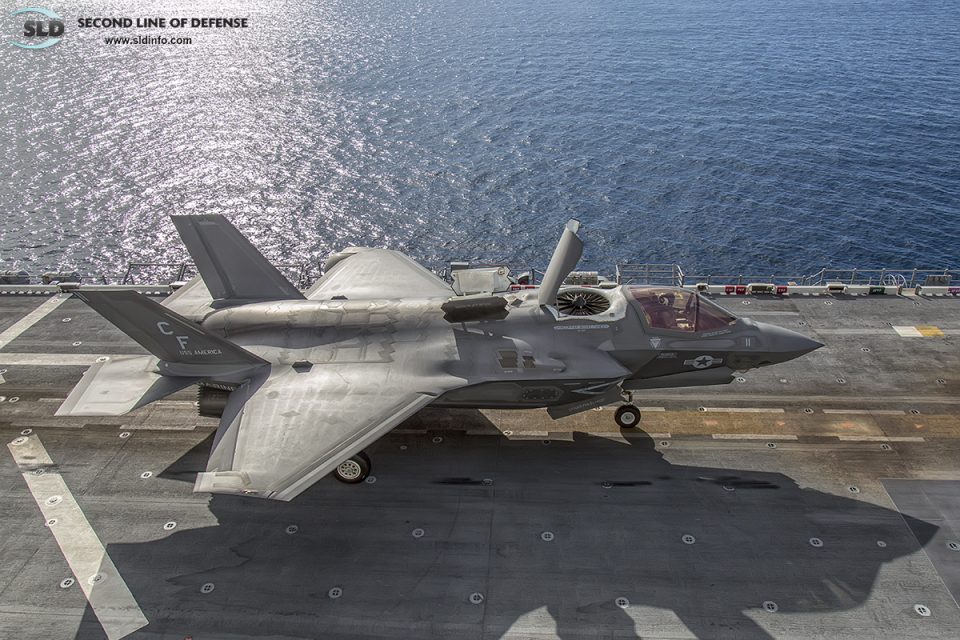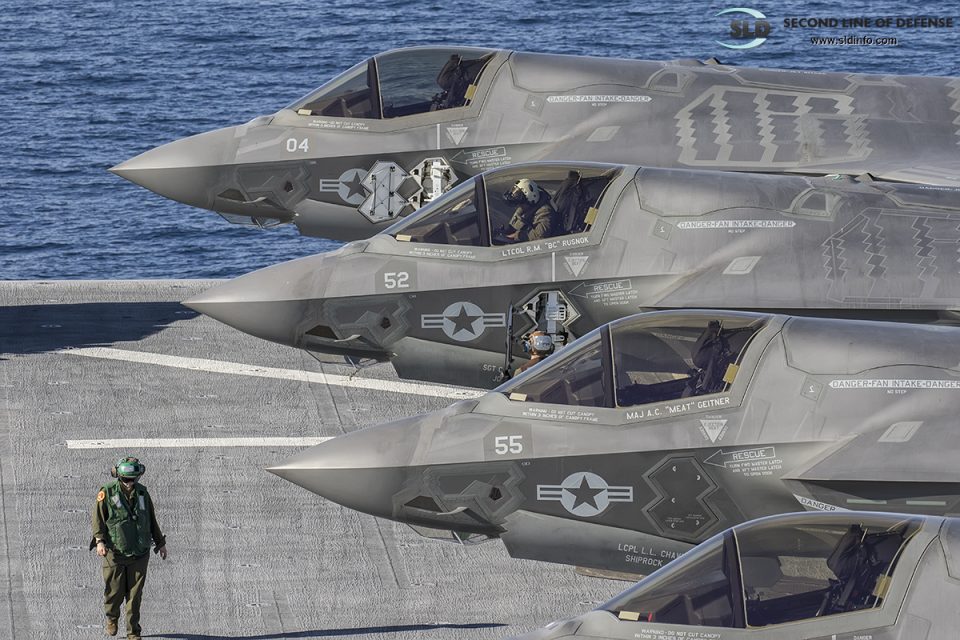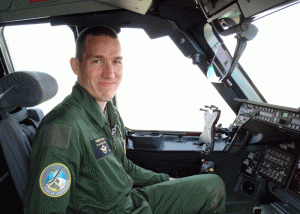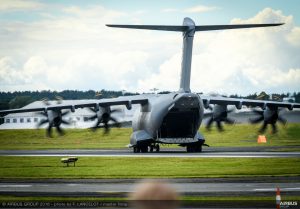2016-12-01 By defenceWeb
That South Africa has a particularly porous land border is well-known and almost as well-known are the efforts of mainly SA Army regulars and reserves to ensure some integrity with the oft repeated “shortage of funds” pointed out as the biggest contributor to the thousands of illegal immigrants, smugglers and traffickers who seemingly come and go as they please.
The Council for Scientific and Industrial Research (CSIR) maintains notwithstanding the limited scope for technology investment, the opportunity for novel and innovative thinking can lead to ways of doing more with what exists.
Border safeguarding in South Africa, says the national scientific research and applied knowledge organisation, entails the challenge of an extensive borderline and several hundred ports of entry.
The borderline consists of close on two thousand eight hundred kilometres of coastline, 4 800 km of land border and more than 1.2 million square kilometres of airspace. There are more than 700 registered airports of which 10 are recognised international ones, at least 52 formal land border posts and 111 seaports.
“Rich in valuable, sought-after natural assets (precious minerals and stones, rhino horn, abalone), located on an increasingly active trade route and with often non-existing, inefficient land border structures, the risk expands to economic losses through piracy, poaching, smuggling, illegal entry and the potential to unhinge regional safety and security.
“Improved border safeguarding requires close co-operation and integration between government departments responsible for defence, immigration and policing. Beyond safety and security, border breaching and protection also has social, economic, education, health, transport and migration issues,” the CSIR says.

For border control to be effective, the CSIR maintains the practical implementation of command, control, communication and surveillance technologies are key.
As an option it sees the use of an integrated concept development and experimental process to surface optimal solutions. This entails incorporating existing infrastructure, using readily available surveillance technologies and ensuring better integration of different platforms.
Field experiments are conducted in border zones to test the use of sensors, communication mechanisms and networks in combination. The ultimate aim is to manage a solution as an interoperable system adding scope to detection and providing intelligence guided command decisions and patrols, the CSIR said.
Challenges are created to add more stringency to testing. These include geographic spread and smart phone technology integrated with other communication platforms. Technology options include use of unmanned aerial systems capturing video views, cellular telephone intercepts, GPS jamming, video and audio conferencing and sharing of remote computer desktops.
The key, according to the CSIR defence and security focus section, is effective collaboration and synchronisation.
“The pivotal requirement is the means to facilitate and enable inter-departmental collaboration. This implies that the interplay between humans and processes must be interoperable for optimal and effective collaboration.”
The CSIR’s concept development and evaluation centre becomes the nerve centre of a mission where various sources are integrated into a single comprehensive view. Information from diverse systems such as radar, satellites and video feeds from unmanned aerial telemetry systems, communication devices and others can be displayed on screens to provide an integrated overview of a defence scenario. The centre is used for operations planning to create border security response strategies, centrally monitoring counter-poaching efforts and training.
Taking counter-poaching operations as an example, the CSIR sees the integrated war room as a space where officials and decision makers can instantly see collated data, for instance on poaching incidents. These are mapped out in near real-time with statistics showing number of rhino killed, number of shots fired, number of poachers caught as well as ranger and poacher movements.
By integrating a large amount of information on a central platform, patterns can also be analysed and anticipated, for instance identifying when poachers routinely target a certain area or a specific part of a fence for easy access.
The research and development organisation sees data from aerial views and camera surveillance (called in on radio or mobile phone and detected through sensors then channelled through an interoperability gateway into a software system) as giving the full border picture and pinpointing areas of concern as what can be cost-effectively achieved.
“This means improved surveillance – without sending armies of patrol staff – and the information as a deterrence mechanism or best-suited combat tactics is available to commanders.
“Smuggling, alien influx and illegal grazing across South Africa’s borders are the results of lacking or vandalised fencing and insufficient capacity to deploy on patrol. By combining various surveillance and detection technologies in integrated communication and command systems, the CSIR works to assist its defence client by expanding the ability to watch over the country’s territories,” the CSIR’s defence and security focus group says.
Republished with permission of our partner, defenceWeb.
Editor’s Note: President-elect Trump has certainly highlighted the importance of enhanced border security in the United States.
In many ways, he is going back to the discussions and potentially could adopt some of the approaches discussed in the first three years after 9/11 in the United States.
There was much creative thinking about the way ahead with regard to border security that was never acted on.
With regard to a program called SBI net, it would have been possible for example, working with ways to enhance the reach and effectiveness of the border patrol to provide for improved border security.
Unfortunately, DHS focused on a pure technology solution set which really did not address the fundamental requirement, namely to enhance the performance of the border patrol.
https://en.wikipedia.org/wiki/SBInet
A number of the solutions offered in the RFI to SBI net could be revisited and adopted in the new strategic initiative suggested by the President-elect. In many ways, its back to the future, and keeping the promises made in the wake of 9/11 to the American people and not delivered.




